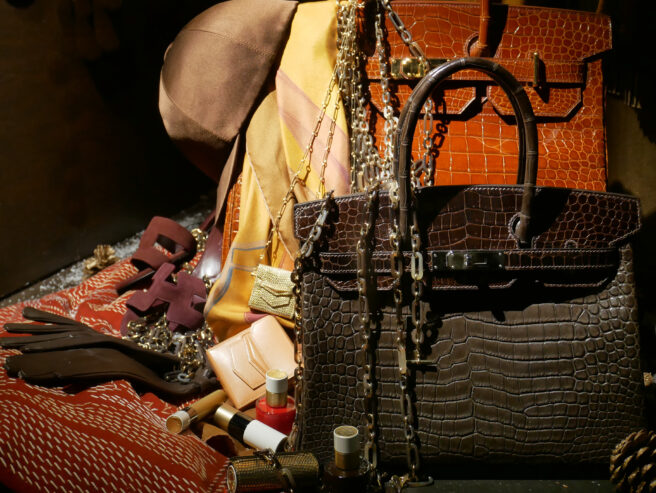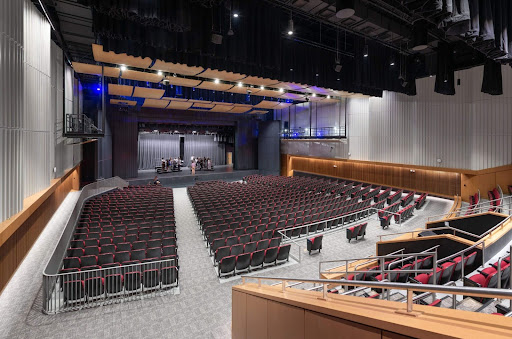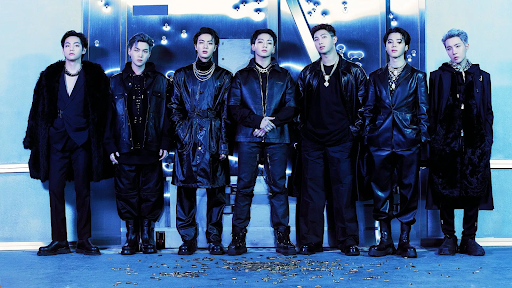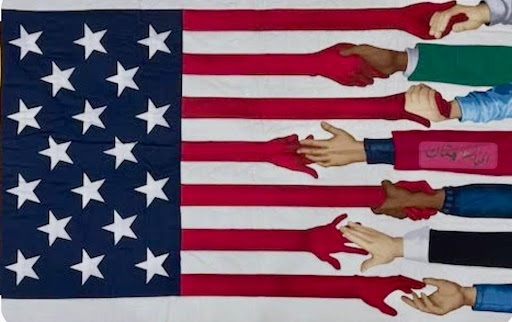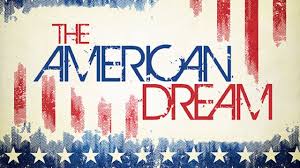China, one of the largest exporters in the world, has been subjected to tariffs imposed by the United States under President Donald Trump’s administration. This has led to several global disputes regarding the perceived unfairness of these tariffs, which affect multiple countries, including China. As a result, a “trade war” has developed between the two nations. China is well known for its ability to mass produce a wide variety of products. However, these tariffs have taken a significant toll, encouraging many manufacturers to reveal the “secrets” behind some of our everyday luxury brands.
In our lives, we often have the desire to treat ourselves to something luxurious that we’ve always wanted, whether it be a purse, perfume, cologne, clothing, or other items. However, we frequently notice that the tags on these products say “Made in ___,” typically indicating a European country known for its high quality. Recently, large Chinese manufacturers have begun to gain attention on social media by showcasing how luxurious products are actually produced in their factories. These posts typically feature a Chinese woman introducing herself, followed by a tour of the factory. As the tour progresses, viewers start to notice luxury brand items being assembled in the background, leaving them astonished and questioning, “Wait, is that really Gucci?”
Owning a knockoff continues to have a social stigma where people can be treated differently for not owning authentic luxury brands. However, several high-end brands, including Lululemon, Birkin, and Louis Vuitton, are known to be counterfeited worldwide. Now, these large Chinese exporters are claiming that the items produced in their factories are actually genuine which are then sent to European countries for branding.
Viewers are surprised and convinced that these products actually do come from China. The situation raises the question: “Is the knockoff any worse?”
The rhetorical videos that are circulating compel viewers to consider whether these products are simply “dupes.” Due to the global economic conditions, China has been significantly affected by the 275% tariff imposed on its exports. The exposure of larger global brands is not a coincidence. It mainly reflects the economic struggles that many people are currently facing. In these challenging times, individuals are increasingly feeling the pinch as prices rise while salaries remain the same, making leisure expenses seemingly impossible.
People are now more desperate than ever for a sense of luxury despite their financial struggles. The videos promoting these products ultimately benefit Chinese manufacturers, as they can continue to sell counterfeit goods while presenting them under a new ideology that makes consumers believe these products are authentic.
In response to accusations regarding their manufacturing tactics, some brands have attempted to defend their reputation by claiming that their products are made in countries other than China, emphasizing their luxurious quality. However, this attempt has not changed public perception.
The truth is that economic conditions are worsening, leading consumers to be more cautious about spending, especially on high-end products. With these recent statements from China declaring the authenticity of luxury products and that these “luxury” products are also Chinese, consumers facing financial difficulties can now purchase similar products at a lower price, offering them a sense of leisure and hope.
